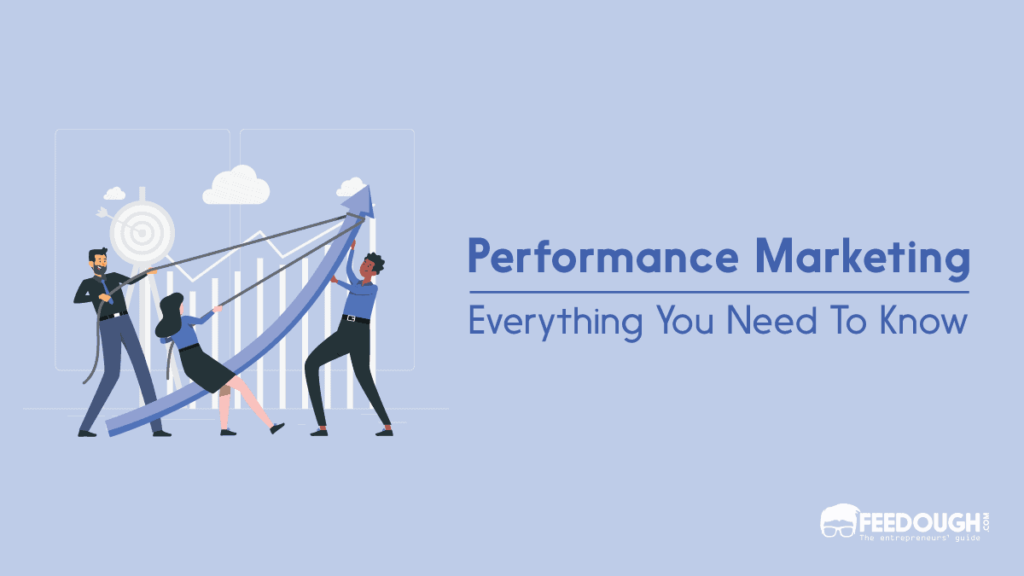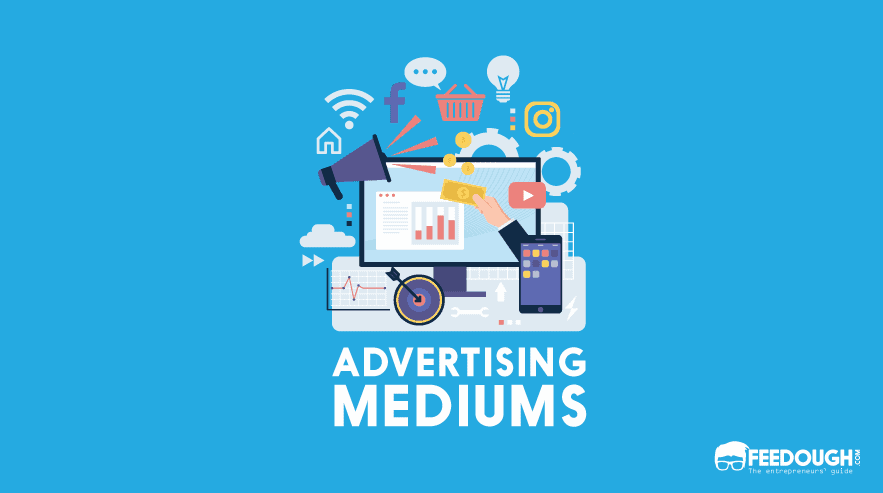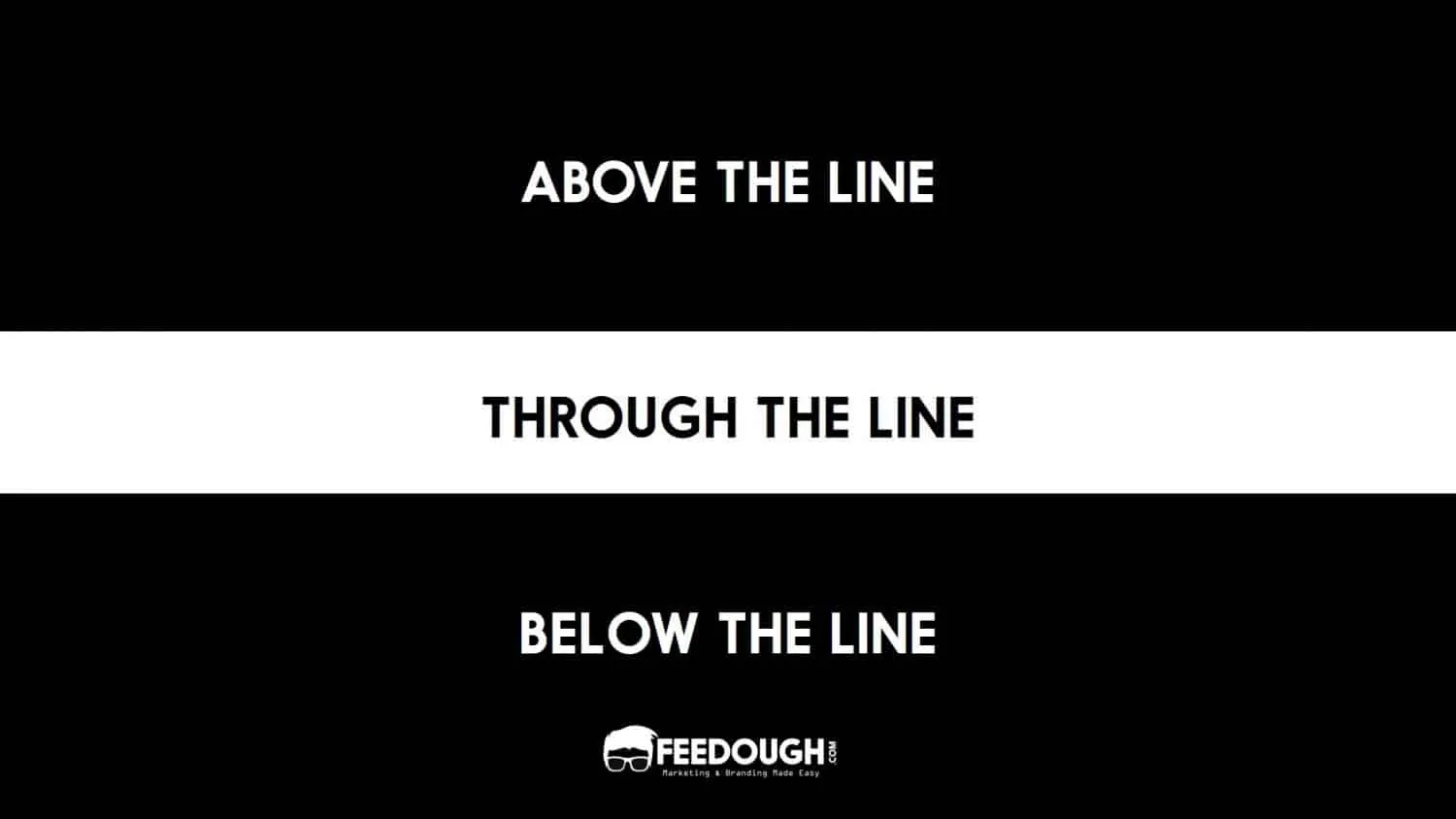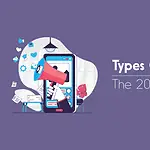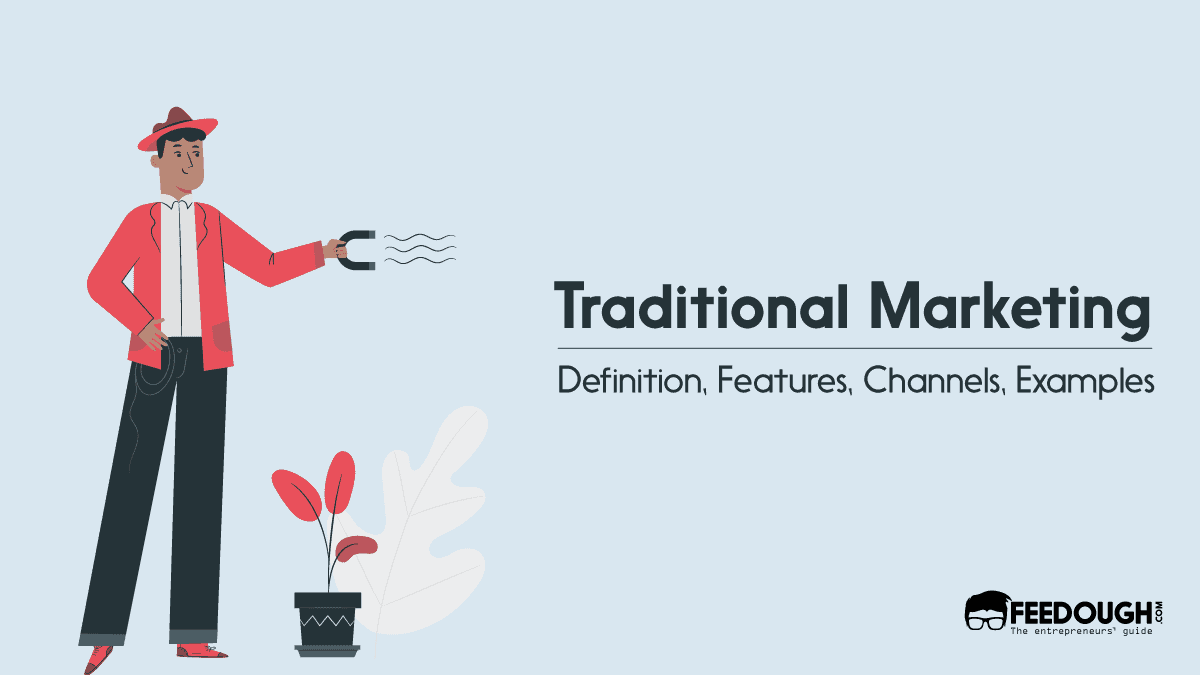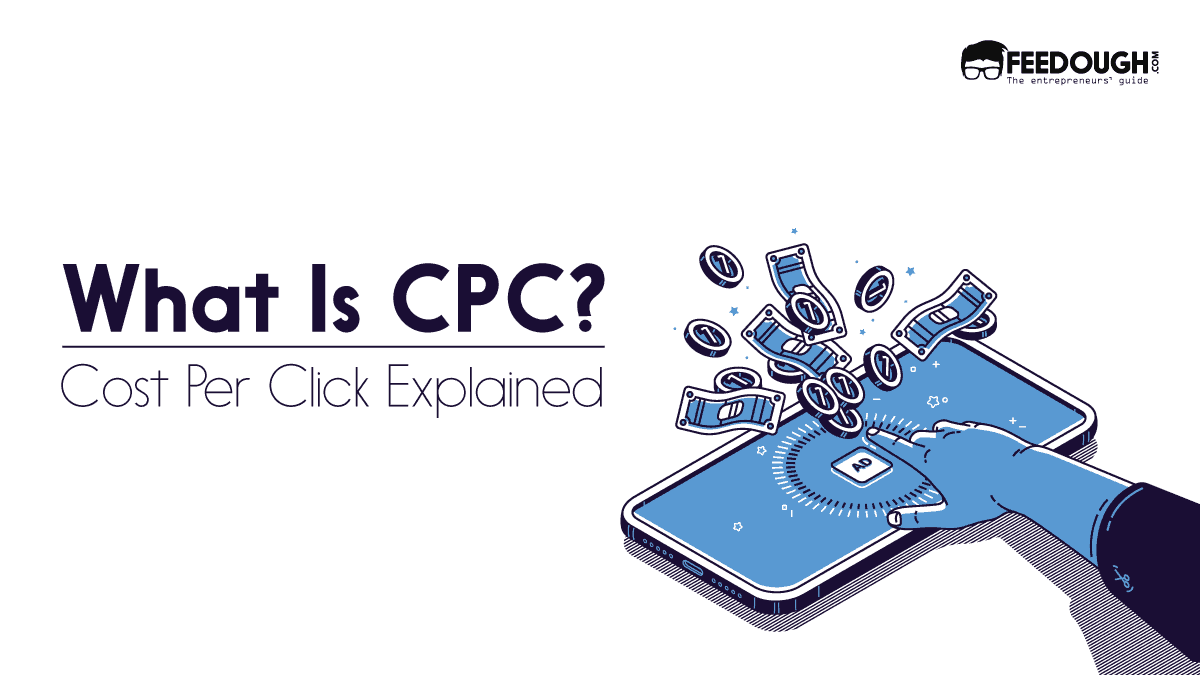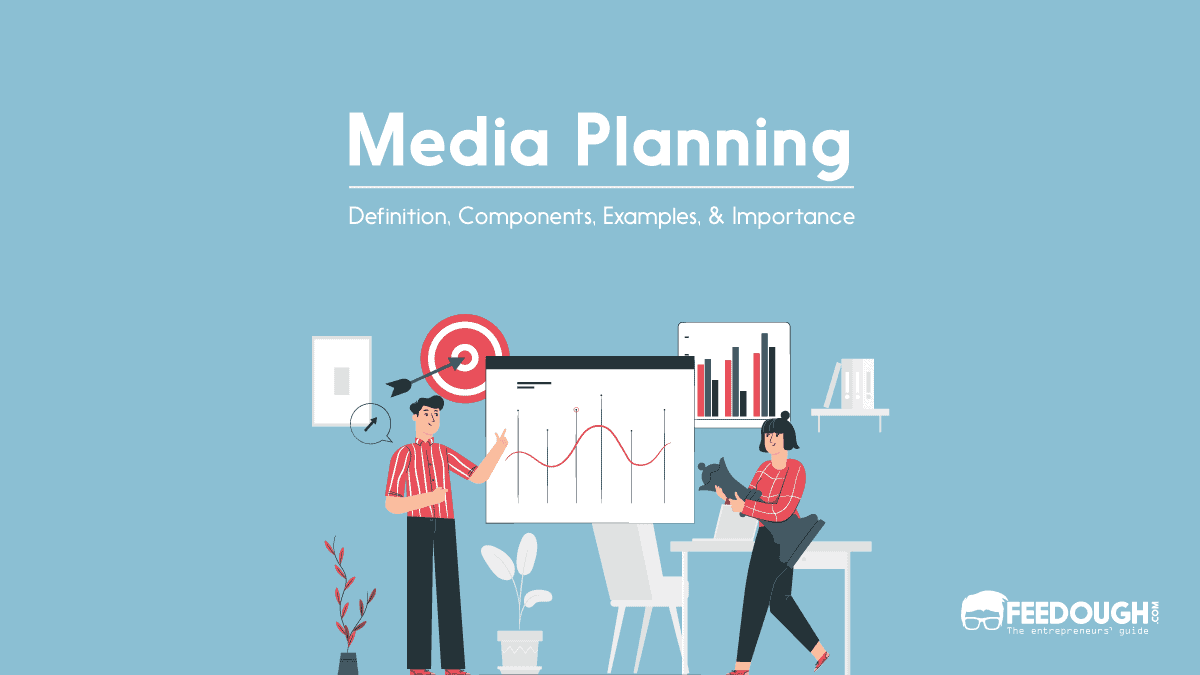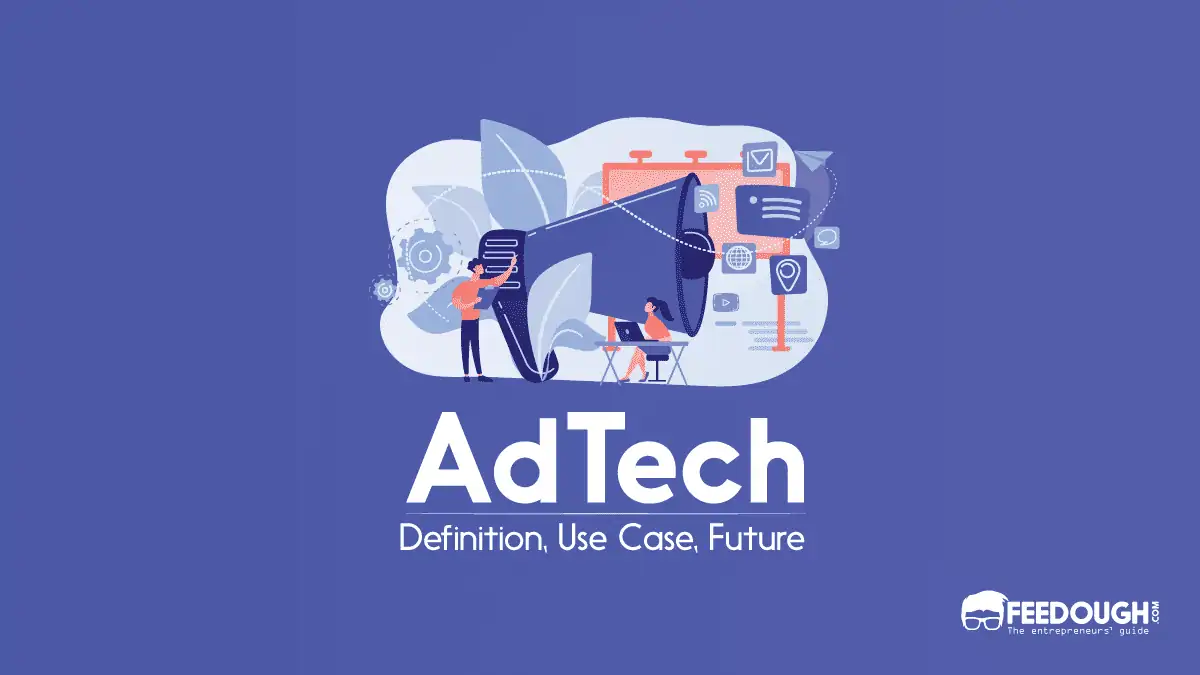The world of marketing is constantly evolving. While some forms of marketing remain tried and true (such as print advertising), new methods are constantly being developed to keep up with the latest changes in technology.
Previously, marketers used to pay only for ads placed on TV, radio, or in magazines and newspapers. But now, with the rise of digital marketing, there are a lot more options available. Moreover, they now don’t pay for estimates but instead pay only when there is a desired action or performance, such as a purchase, sign-up, or download. This is what’s known as performance marketing.
Performance marketing is one of the newer kids on the block, but it’s quickly become one of the most popular methods – especially for digital marketers.
What Is Performance Marketing?
Performance marketing is a subset of digital marketing where brands only pay for a campaign based on its performance.
In simple terms, performance marketing is when a brand pays for its digital marketing efforts based on every goal completion or action that is generated. This could be anything from a click, purchase, sign-up, or download – essentially anything that can be measured and attributed to the marketing campaign.
Unlike traditional marketing where a brand would pay for ad space regardless of the performance of that campaign, with performance marketing the advertiser only ever pays for results.
The Importance Of Performance Marketing
Performance marketing has developed a reputation for being one of the most effective digital marketing methods.
There are a few reasons for this:
First is the need for accountability. Unlike offline banner ads, where brands can continue to pour money in without any real idea of whether or not they’re getting a good return on investment, performance marketing allows for more transparency and thus a higher ROI. With performance marketing, brands are only charged when they achieve specific goals, so there’s no need for guesswork.
Second, it’s the ability to target particular audiences. Thanks to the wealth of data that is now available online, performance marketing allows the brand to target people based on their interests, demographics, and even past behaviours. This ensures that the brand’s ads are seen by only those who are most likely to be interested in them, resulting in a higher conversion rate.
Third, it’s the scalability of the method. Thanks to the internet, performance marketing campaigns can be scaled up (or down) very easily to match the brand’s needs. Performance marketing can easily accommodate whether a brand is aiming for a large-scale national campaign or a small, niche one.
Performance Marketing vs Digital Marketing
Even though performance marketing is a subset of digital marketing, the two are not exactly the same.
Digital marketing is a much broader term encompassing all forms of online marketing, from search engine optimisation to social media marketing to email marketing. In contrast, performance marketing only refers to those campaigns where brands pay for specific actions or goals (clicks, purchases, or downloads).
In other words, digital marketing is the umbrella term that also includes non-goal specific aspects such as website design, whereas performance marketing is the more focused subset that only includes those campaigns that are directly linked to revenue or business objectives.
Performance Marketing vs Programmatic Marketing
While both performance marketing and programmatic marketing fall under digital marketing, they serve different functions and are driven by different objectives.
Performance marketing is a results-oriented approach where advertisers pay only for specific pre-defined actions, such as clicks, conversions, sales, or leads. This ensures that brands spend their marketing budget effectively, targeting only those campaigns that yield tangible outcomes in line with their business objectives.
On the other hand, programmatic marketing (also referred to as programmatic advertising) refers to the automated buying and selling of online advertising space through technology. Instead of traditional human negotiations, these ad spaces are bought in real-time auctions using software. This automated process allows for precise targeting, as advertisers can define their ideal audience based on factors like demographics, behaviour, and more. They can even calculate the potential ad revenue using sophisticated programmatic marketing tools, which is often not as correct in performance marketing.
The Types Of Performance Marketing
Performance marketing can be categorised into several types based on the expected results of the brand and the channels used.
Based On Expected Results
It can be broadly divided into two categories: those that are goal-based and those that are action-based.
- Goal-based campaigns are those where the advertiser sets a specific goal for the campaign – such as a certain number of leads generated or sales made.
- Action-based campaigns are those where the advertiser pays for a specific action to be taken by the customer – such as a clickthrough, purchase, or sign-up.
Both goal-based and action-based campaigns can be further divided into three categories based on the type of marketing activity that is being rewarded:
- Acquisition campaigns are those where the advertiser wants to attract new customers. This might be through methods such as paid search, banner ads, or social media advertising.
- Engagement campaigns are those where the advertiser wants to encourage existing customers to interact more with their brand. This might be through methods such as email marketing or social media marketing.
- Conversion campaigns are those where the advertiser wants to get existing leads to purchase from them. This might be through methods such as affiliate marketing or retargeting.
An Example Of A Goal-Based Performance Marketing Campaign
Let’s say that a brand is looking to generate 100 new leads through paid search. In this case, the campaign would be classified as a goal-based campaign, and the advertiser would pay for specific actions such as the number of leads generated.
An Example Of An Action-Based Performance Marketing Campaign
Let’s say that a brand is looking to get 1,000 people to click through on their ads. In this case, the campaign would be classified as an action-based campaign and the advertiser would pay for each individual clickthrough.
Based on Channels Used
Performance marketing can also be categorised into five types based on the channels used by the brand. These are:
- Search performance marketing: the process of using paid search advertising in order to drive traffic to a website. It is the process of paying for ads that appear on search engines’ results pages such as Google, Yahoo, and Bing. Search performance marketing aims to get the highest possible clickthrough rate (CTR) for the ads. This is done by creating ads relevant to the keywords being searched for and targeting the right audience.
- Social performance marketing: the process of using paid and organic social media marketing efforts to accomplish brand-related goals. Social performance marketing aims to create engaging content that will encourage customers to interact with the brand. This can be done through paid ads, but it is more commonly done by creating high-quality organic content.
- Email performance marketing: the process of using email marketing efforts to achieve business objectives. Email performance marketing aims to get customers to interact with the brand by opening and clicking through on emails. This can be done by creating highly relevant email content and targeting the right audience.
- Publisher performance marketing: the process of using paid publisher advertisements to drive traffic to a website. Publisher performance marketing is the process of paying for ads that appear on websites and in apps that the advertiser does not own. Publisher performance marketing aims to get the highest possible clickthrough rate (CTR) for the ads. This is done by creating ads that are relevant to the audience of the website or app, and by targeting the right audience.
- Affiliate performance marketing: the process of using affiliate marketing efforts to achieve business objectives. Affiliate performance marketing aims to get customers to buy products or services from the advertiser by using a commission-based selling scheme. This can be done by partnering with relevant affiliate publishers, curators, and influencers and providing them with lucrative offers.
How Does Performance Marketing Work?
A typical performance marketing campaign involves a minimum of two and a maximum of four players. These performance marketing players are:
- The brand or advertiser: This is the company looking to generate leads or sales through its marketing efforts.
- The publisher: This is the company or individual running the ads on their web properties or within their apps.
- The network: The third-party platform that connects the advertiser with the publisher(s) and manages the payments and tracking between them.
- Outsourced program manager: These firms provide all the necessary services to run a successful campaign on behalf of the advertiser, from media planning and buying to optimisation and analysis.
The performance marketing process can be broken down into five simple steps:
Plan And Strategise
The first step is to plan and strategise the campaign. This will involve coming up with a goal for the campaign and developing a strategy to reach that goal.
Performance marketing usually involves the use of SMART goals – goals that are specific, measurable, achievable, relevant, and time-bound.
These can be –
- Getting xxx clicks on the ad per month
- XX amount of sales or xxx revenue per month
- Achieving a conversion rate of yyy%
- Generating zzz leads in 60 days
These goals are usually measured using industry-specific metrics like –
- CPM: Cost per mille, or the cost to generate 1,000 impressions
- CPC: Cost per click, or the cost to generate a single click on an ad
- CPA: Cost per acquisition, or the cost to generate a desired action such as a purchase, sign-up, or download
- LTV: Lifetime value, or the average value of a customer throughout their relationship with the company
Once the goals have been set, the next step is to determine how to reach them. This will involve developing a media plan and selecting the appropriate channels and publishers.
Selecting The Channel
The main channels that are used in performance marketing are display, search, social, email, affiliate, and mobile.
- Display advertising encompasses various formats, including traditional banner ads, pop-ups and pop-unders, skyscrapers, and more. It can be bought on a CPM (cost per thousand impressions) or CPC (cost per click) basis.
- Search advertising is the process of targeting people who are already looking for a product or service like the one the brand is selling. The ads appear as either text ads or sponsored links in the search results and can be bought on a CPC basis.
- Social media advertising is targeting people who are active on social networks like Facebook, Twitter, and LinkedIn. The ads can be bought on a CPM or CPC basis, and can take a variety of forms such as sponsored posts, Twitter cards, and more.
- Email advertising is the process of targeting people who have subscribed to the brand’s email list. The ads can be text-based or HTML-based and can be bought on a CPM or CPC basis.
- Affiliate marketing is the process of partnering with other websites to promote the brand’s products and services. The ads are usually placed on the affiliate’s website and are paid for on a commission basis.
- Mobile advertising is the process of targeting people who are using their mobile devices to access the internet. The ads can be bought on a CPC or CPM basis and can take a variety of forms such as SMS ads, in-app ads, and more.
The next step is to determine which partners to work with. This will involve selecting the appropriate channels and identifying the right publishers for the brand’s target audience.
Get Partners
Once the channels have been selected, the next step is to identify and partner with the right publishers. This will involve finding publishers who have the right audience for the brand and negotiating favourable terms and conditions.
Once the partnerships have been established, the next step is to set up the campaign and begin tracking results.
Setup & Track
The final step is to set up the campaign and start tracking results. This will involve creating the ad creative, setting up the targeting, and defining the conversion goals.
The campaign should be tracked on a regular basis to ensure that it is meeting the desired objectives. The most common way to track performance is through using web analytics tools like Google Analytics or a campaign-specific tool like Google Ad Manager.
The brand can also partner with third-party networks and agencies to help manage and optimise the campaign.
Examples Of Performance Marketing
One of the best ways to learn about performance marketing is to look at some examples of how companies use it. Here are a few:
Example 1: Affiliate Marketing
Company: SAAS brand
Objective: Increase product sales by educating about its use case
Channel: Affiliate marketing
Story:
The SAAS brand partnered with several affiliate partners who specialise in promoting software products. The affiliates created blog posts and videos about the product and provided links to the brand’s website where people could purchase it.
These links were specific to the affiliate, so if someone clicked on them and then made a purchase, the affiliate would earn a commission. Hence, a win-win situation for both the brand and the affiliate.
Example 2: Social Media Advertising
Company: Online retailer
Objective: Promote a new line of products and get more clicks on the landing page
Channel: Social media advertising
Story:
The online retailer ran a campaign on Facebook and Twitter to promote its new line of products. The ads were targeted at people who were interested in similar products, and the goal was to get more clicks on the landing page.
To get the same, it focused on the creatives and the targetting very narrowly so that it could be really relevant to those who’d see the ad. Resultantly, it got a high clickthrough rate and drove more traffic to the landing page.
Example 3: Email Marketing
Company: Online B2B retailer
Objective: Generate leads
Channel: Email marketing
Story:
The online B2B retailer ran a campaign to generate leads. It targeted people in the market for a new laptop and offered them a chance to win a free laptop and several discounts if they filled out a lead capture form on the brand’s website.
The campaign successfully generated leads, and many of the people who filled out the form went on to purchase a laptop from the brand.
Bottom-Line?
Performance marketing is the rising star of digital marketing. It’s a great way to reach the target audience and achieve business objectives.
Brands that are looking to increase sales, get more clicks, or generate leads should definitely consider using performance marketing.
But one should note that it is not a one-size-fits-all solution, and the right approach will vary depending on the brand, the audience, and the objectives.
Go On, Tell Us What You Think!
Did we miss something? Come on! Tell us what you think about our article on performance marketing in the comments section.
A startup consultant, digital marketer, traveller, and philomath. Aashish has worked with over 20 startups and successfully helped them ideate, raise money, and succeed. When not working, he can be found hiking, camping, and stargazing.
